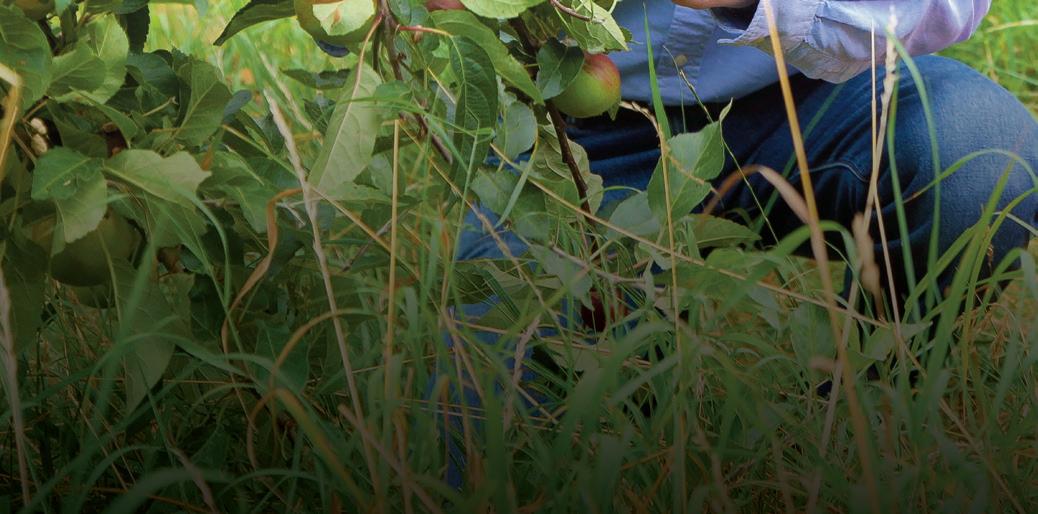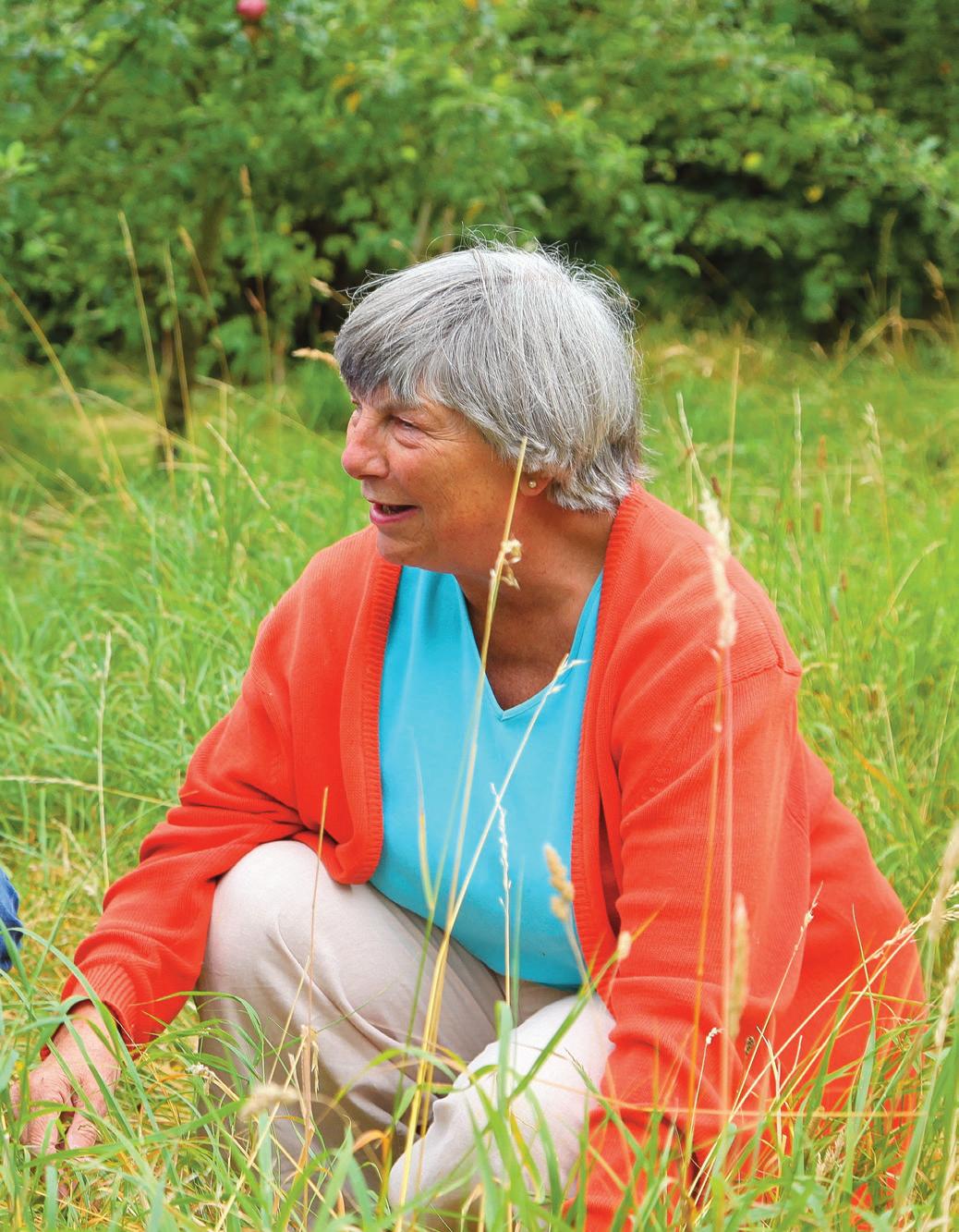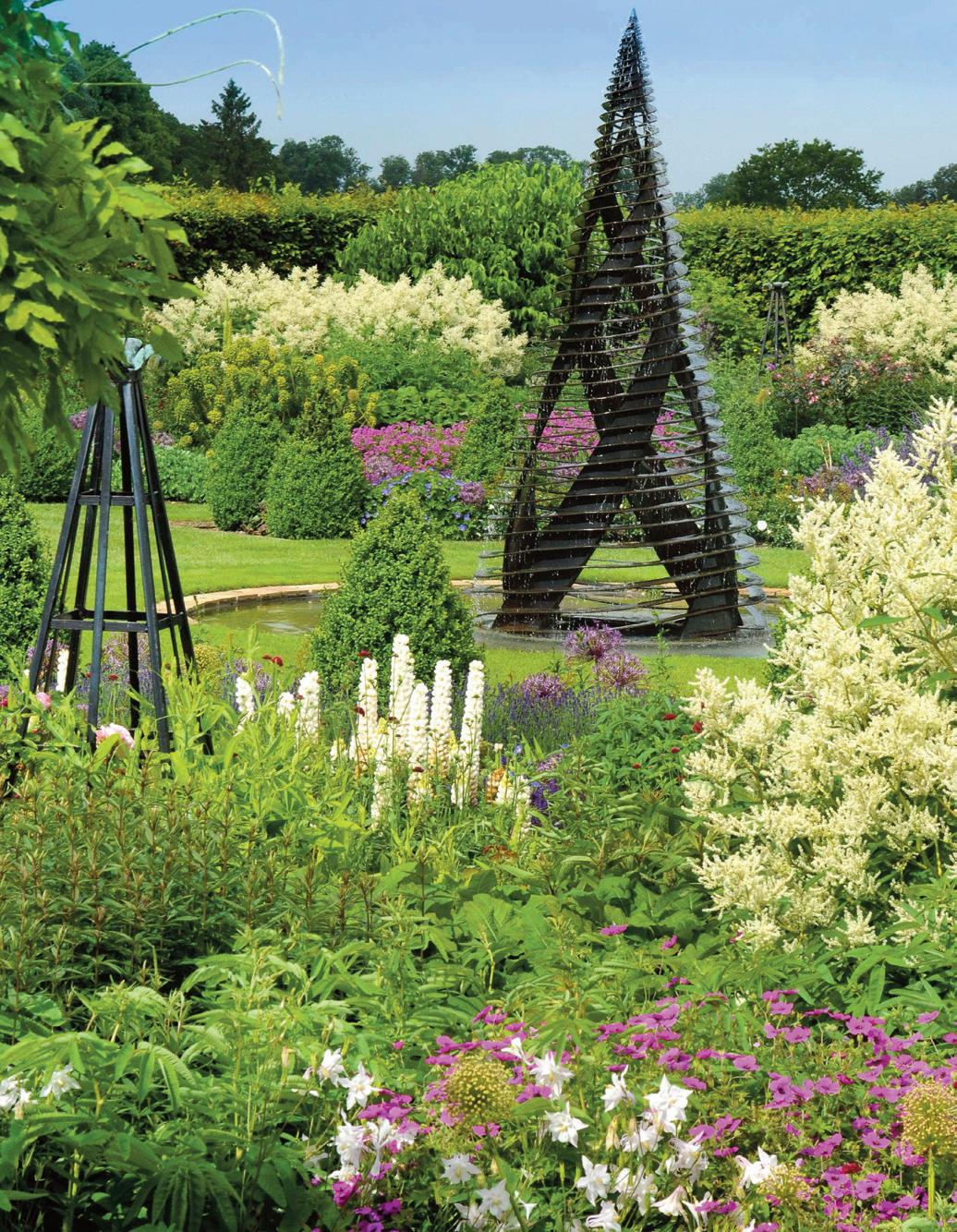
5 minute read
400 YEARS OF HISTORY Elton Hall’s
400 YEARS of HISTORY
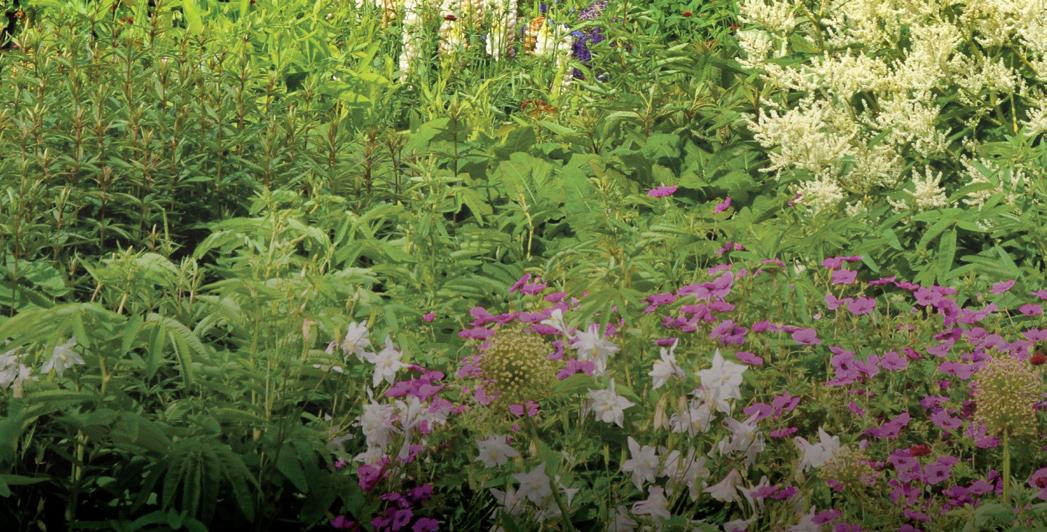
Advertisement

400 years old, 3,800 acres and beautifully restored... Elton Hall is one of the most long-standing and most beautifully preserved country estates in the area, so a post-lockdown visit to the garden is highly recommended once we’re allowed to the odd trip out again...


The History of Elton Hall
U NUSUAL TIMES in which we live. This summer we’ve had plenty of opportunity to labour in Located two miles from our own gardens, but perhaps fewer chances Fotheringhay Castle and to admire other people’s landscapes. about 15 minutes east of As lockdown is gradually being eased, we hope there will be sufficient good weather to enjoy at Peterborough, Elton Hall is a 3,800 acre estate dating back to 1660. “I can’t in truth say that I have always had a passion least the odd trip out to see a beautiful garden, and for gardening. I have always one of our first destinations will be Elton Hall, ancestral enjoyed looking at gardens and one home of the Proby family. of my abiding memories of childhood is Such a quintessentially English country garden was always going to look absolutely beautiful, but sometimes, gardens illustrating a my mother, in her gardening shorts, dividing the irises after they had flowered.” variety of styles from across the world look just as beautiful or “I never met my grandmother-in-law, who perhaps even better. had died in 1967. She had been very fond Elton Hall has been the ancestral home of the family - the Earls of Carysfort - since 1660, and the hall nestles in a 3,800 acre estate. We spoke to Lady Proby about the estate and the gardens that she adores. “We were married in 1974 and lived and worked of the garden, but since her death, it had not been looked after in the same way. Many borders had been lost, the pergola taken down and hedges removed.” in London,” says Lady Proby. “During the Winter of Discontent, “In addition, nearly 150 large mature elm my grandfather-in-law died in January at the age of 93.” trees in the park and gardens had died “My parents-in-law felt that they were too infirm to move into a house which needed a great deal of work and there was the added during the 1970s as a result of Dutch Elm disease.” problem of very high taxation. It was eventually decided that we “When we arrived in 1980, these trees had would move in during the summer of 1980.” to be dealt with and the rose garden - laid “We moved here just after the birth of our first child and immediately had to open the house to the public as we had applied for exemptions on important works of art.” out in 1913 - was in a terrible state, with thistles and weeds three inches high. It was to be a steep learning curve.” “My memories of that first summer is a hive of activity. Feeding the baby; taking visitors around whilst my mother organised the teas; trying to come to terms with managing a very large garden.” “Apart from the structure, which is good all year round, we now have a longer flowering season. We initially replaced the Edwardian rose garden in the 1980s with a new one
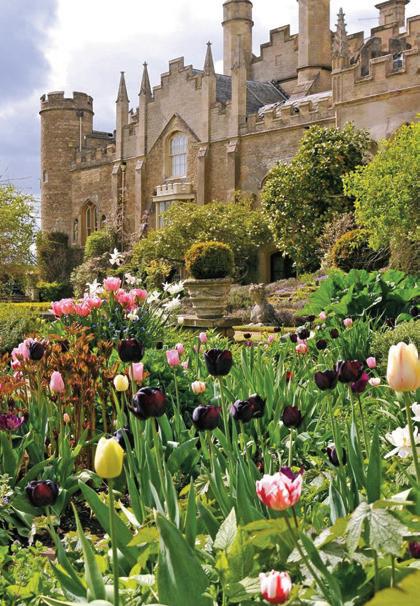

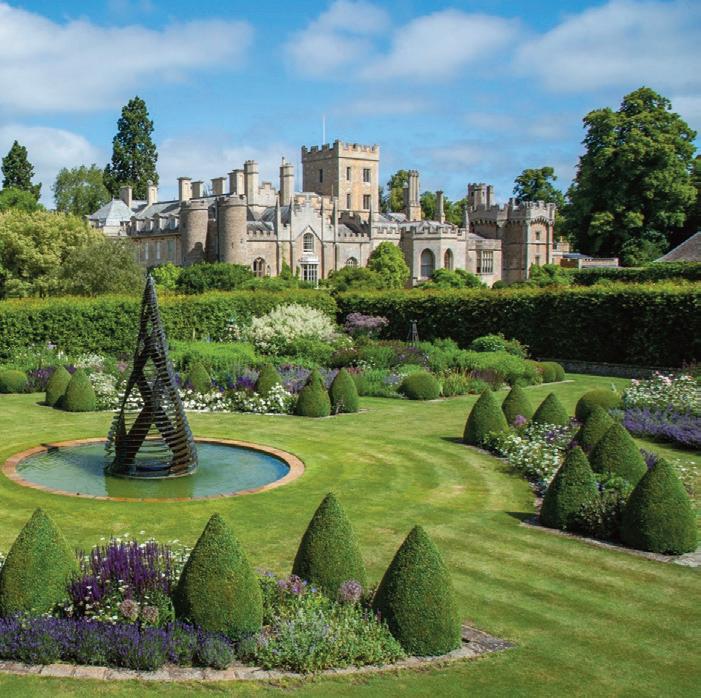
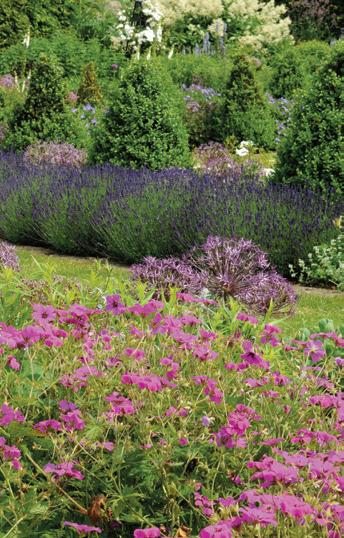
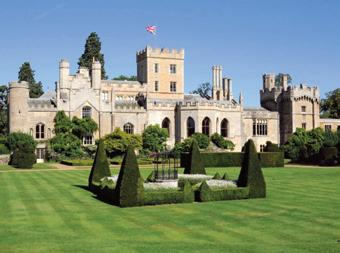

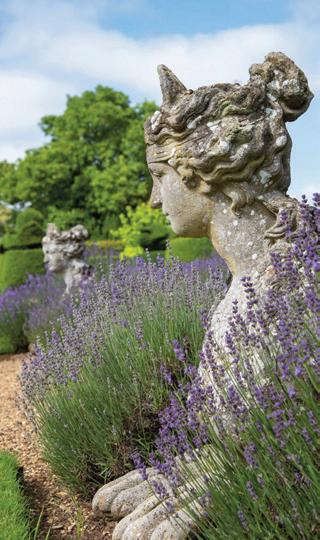

>> designed by Peter Beales. This looked wonderful for 20 years but we realised that the soil needed a rest.”
“We removed all the planting, changed 500 tonnes of soil and planted a flower garden with the specific aim of prolonging the season with many autumn herbaceous plants such as, asters, echinaceas and salvias.”
“The first book I read on gardening was Garden Design by David Hicks. This helped me to create a smaller structure on what is a very flat piece of land. The last grand design of 1913 would be unrealistic in today’s world. It required 13 gardeners to maintain it.”
“We leased the Walled Garden to Blooms of Bressingham and put several acres back into the parkland. I was then left with an inner core which needed to be strengthened and this book inspired me to plant the hedges,
create more topiary and experiment with layered avenues, such as hornbeam hedging lined with box pyramids.”
“The lily pond was part of the original design by Hallam Murray. It used to be planted with bedding out such as ageratums and salvias. It has now been surrounded by a low wall and generously planted with many herbaceous perennials and small shrubs. Half of them are recent additions and they help to balance the setting of the house between the parterre, lawns and paths.
“The Orangery Garden and Orangery were created to celebrate the Millennium. The building was designed to reflect the Gothic façade of the South Front. The small gardens are surrounded by tall yew hedges planted adjacent to Mediterranean species and oranges and lemons in terracotta pots. Nearby is the Shell Arbour, built to celebrate the Jubilee and decorated by Charlotte Kerr Wilson.”
Once lockdown is eased, Elton Hall will open on Wednesdays and on Thursdays in summer plus Sunday afternoons in August and bank holidays.
n Private tours are by arrangement up until September. Details can be found on their website www.eltonhall.com or by calling 01832 280468.
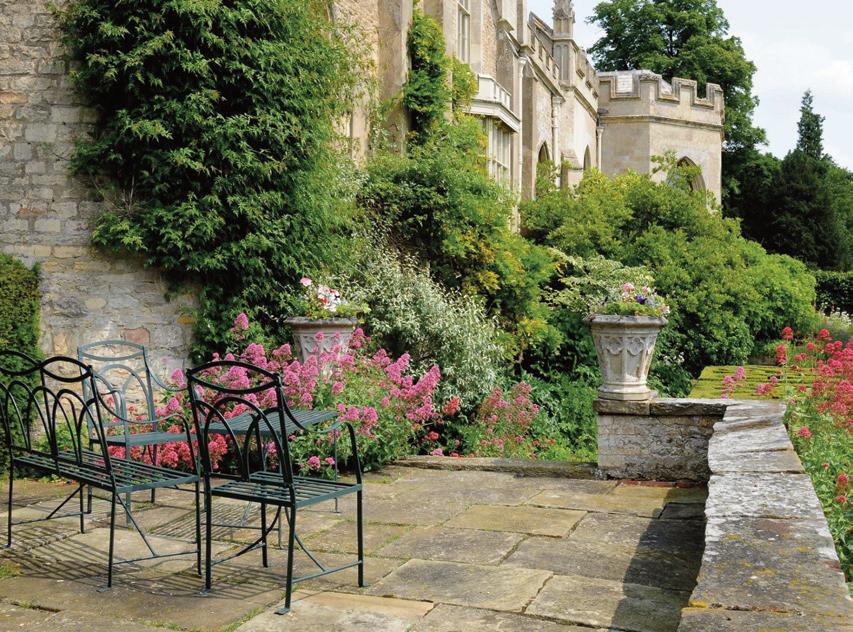

LOCAL TO THE LOCAL TO THE CORE CORE

Our native apple crop is enjoying a bumper year, and the body that represents it - British Apples & Pears - reports that the British apple industry has increased its market share by 50% in the past decade. Closer to home, apples are celebrated by a group dedicated to preserving our heritage varieties: Stamford’s Community Orchard Group...
